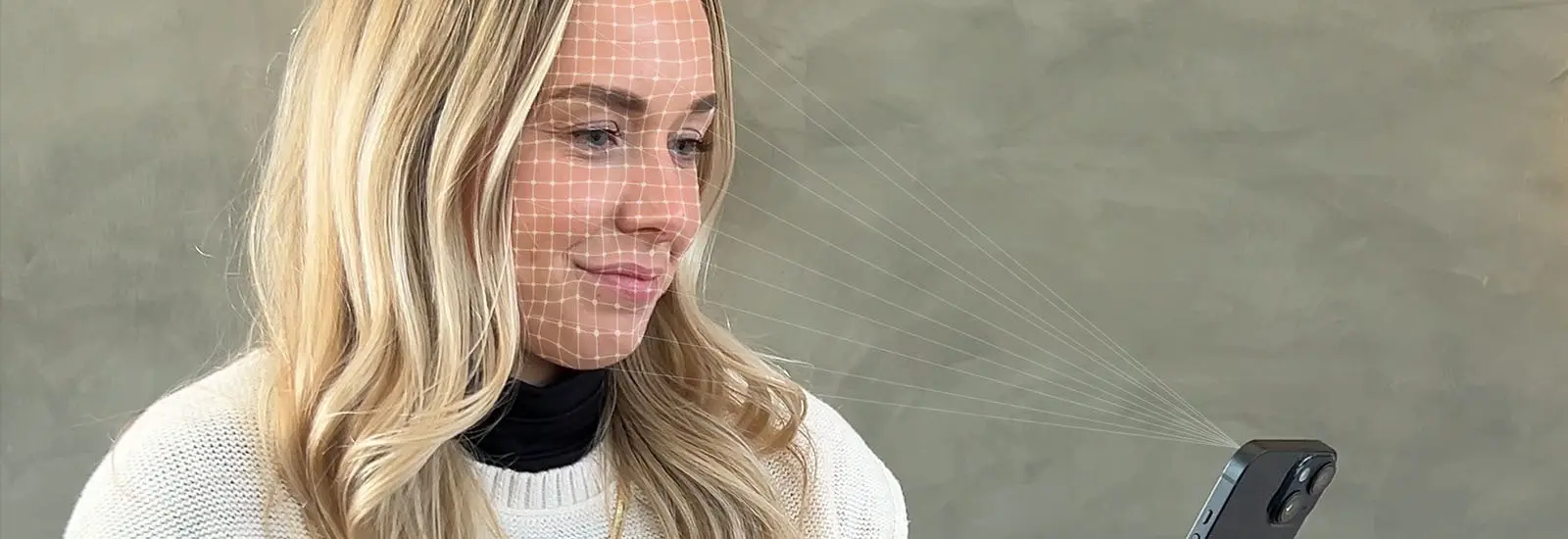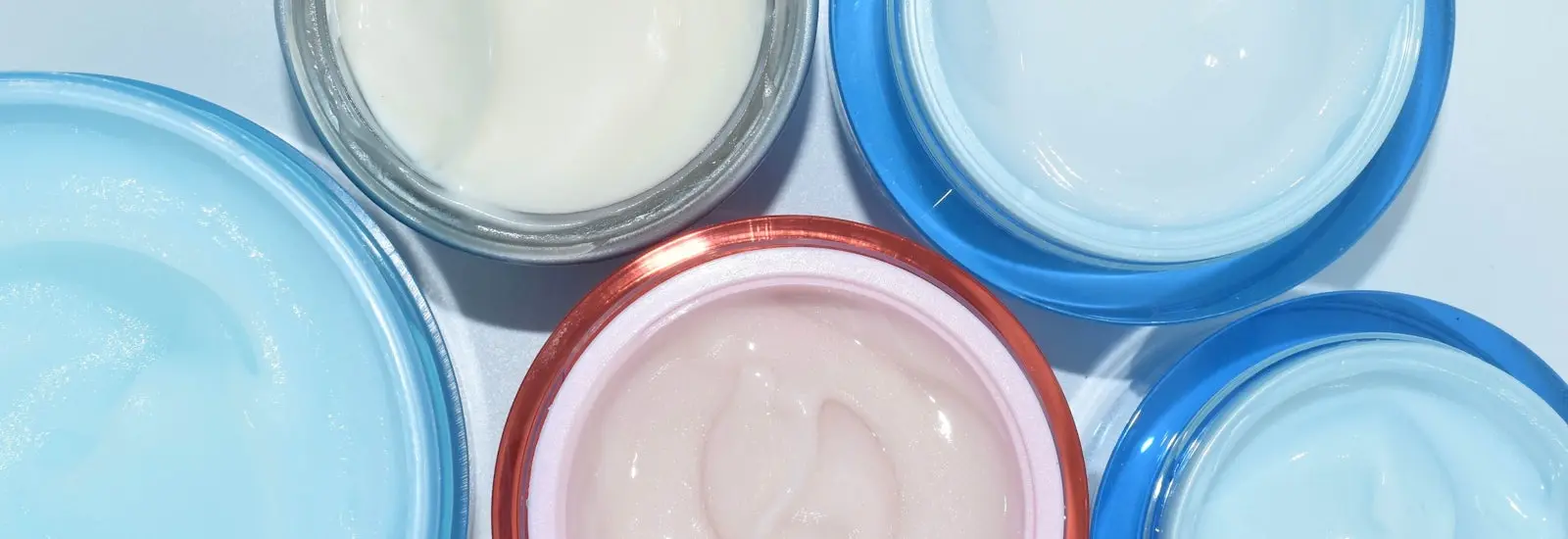What Is Urea?
Urea is a naturally occurring molecule found in the skin's epidermis (outermost layer), and it's an essential component of maintaining skin hydration. Urea helps reduce skin's moisture loss and supports healthy skin barrier function. It also has antibacterial and exfoliating properties.
Urea-based skincare formulations are generally well tolerated. Some people may experience mild irritation, particularly with higher concentrations of urea, but reactions tend to be short-lived and resolve on their own.
What Are the Uses of Urea?
So, what is urea used for? Urea was originally used as a topical treatment for wounds. Today, this ingredient is widely used in dermatology as a humectant, attracting and binding moisture to the skin and fortifying the skin barrier. According to a review in the journal Dermatology and Therapy, these properties make it an effective treatment for a variety of common skin conditions, including eczema and psoriasis.
Urea's ability to draw moisture to the skin can help reduce dryness and visibly improve flakiness and cracking, leaving skin feeling smooth and soft. Urea is also a keratolytic (softens keratin, a fibrous skin protein), making it beneficial for calloused skin, corns and nail disorders. One study showed that concentrations of 20% urea can effectively treat onychomycosis (nail fungus).
In addition to these powerful properties, the review in Dermatology and Therapy noted that urea skin benefits include helping the skin more readily absorb topical treatments (e.g., corticosteroids). By enhancing skin penetration, urea can help your skin absorb skincare heroes like antioxidants and vitamins, too.
Where Does Urea Come From?
While urea naturally occurs in the body, urea in skincare is produced synthetically. Chemist Friedrich Wöhler first synthesized urea in Berlin in 1828, making it the first molecule to be synthesized from a living organism in a lab. Today, chemists make urea through the Bosch–Meiser process, which was developed in 1922 but remains the standard method. In this process, ammonia and carbon dioxide react under high temperatures and pressure, generating ammonium carbamate. This then breaks down into urea and water.
How To Incorporate Urea Into Your Skincare Routine
Concentration
While adverse reactions to urea are uncommon, start with a lower concentration when introducing this ingredient into your skincare routine. You can gradually increase to a higher concentration based on your skin's reaction. For general skincare benefits, most people can opt for lower concentrations of urea (around 10% or less) to effectively moisturize the skin and improve skin barrier function. Higher concentrations are typically used to address calloused skin, rough patches and cracked heels.
Product Type
So, what is urea in skincare products? Urea cream, urea lotion, and urea foot care ointments and nail lacquers are available to support dryness, flakiness, thick or calloused skin, and nail damage. You can also find urea in gels and serums. As with any new product, start with a patch test by applying a small amount to the inside of your wrist or upper arm before applying it to larger areas of skin. Urea is generally well tolerated, but it's best to check with your dermatologist before adding a urea-containing product to your routine.
Urea is often paired with nourishing ingredients like hyaluronic acid and glycerin for optimal hydration and skin barrier support. Here are three ways to introduce urea into your skincare routine:
Neutrogena® Hydro Boost Water Cream, a lightweight, velvety moisturizer that leaves skin feeling plump, glowing and more resilient
Neutrogena® Hydro Boost Water Gel, a weightless gel moisturizer that leaves skin looking healthier and more radiant
Neutrogena® Hydro Boost Ultra Hydrating Serum with Hyaluronic Acid, a gentle, hydrating serum that revitalizes and replenishes dry skin
Application
When incorporating urea into your daily regimen, apply a small amount of product to clean, damp skin. If your dermatologist prescribes a product containing urea, follow their instructions for use.




